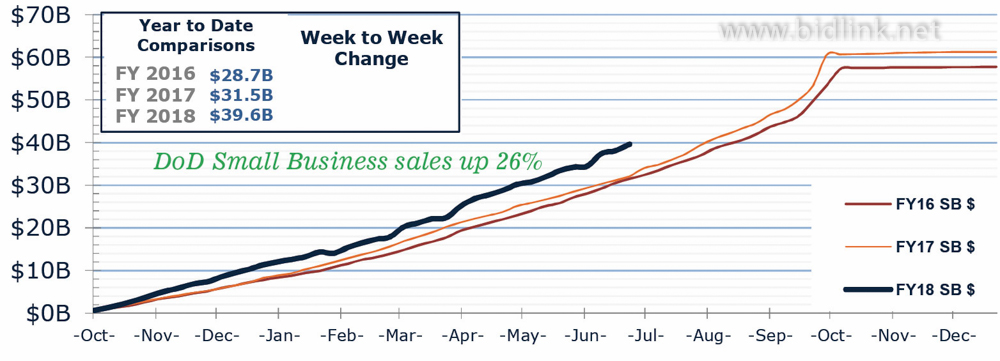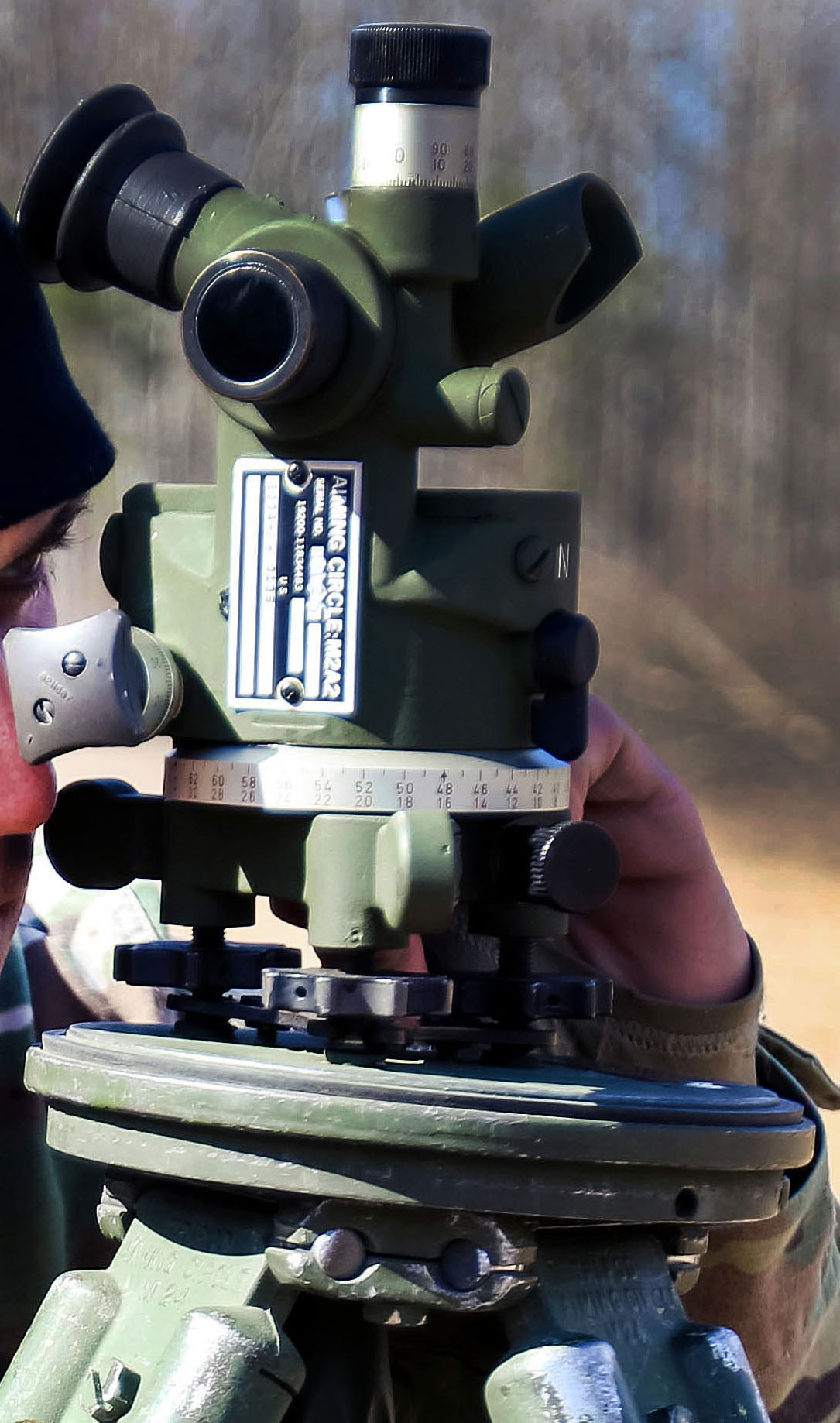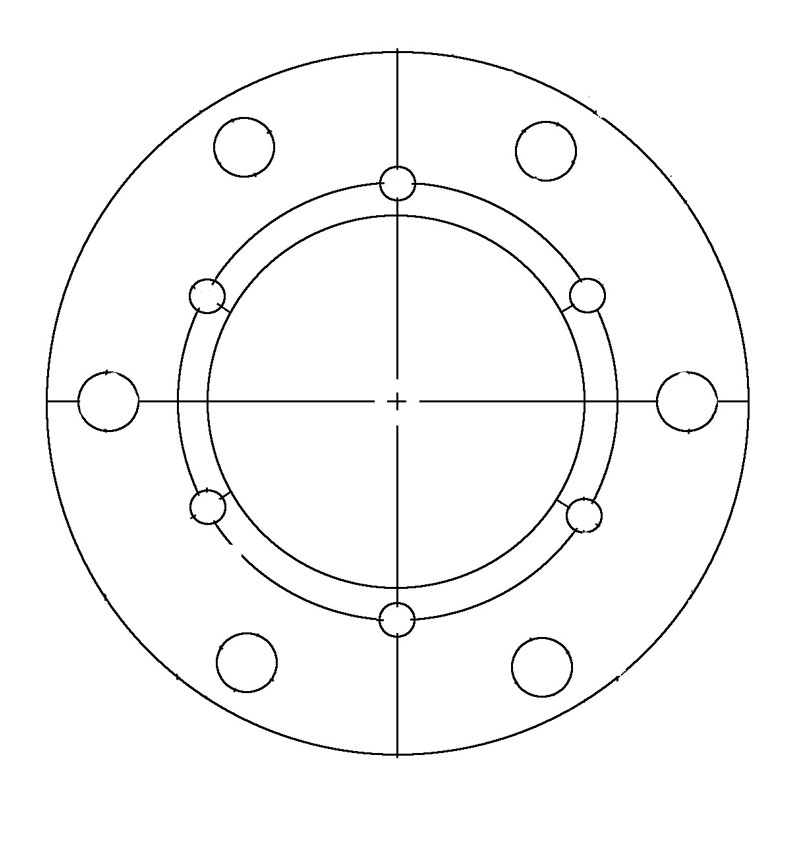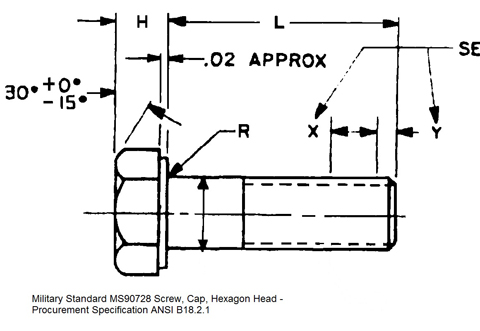The Geographical location of your company has an impact on winning government contracts. One of the small business set-aside programs SBA manages is the Historically Underutilized Business Zones or HUBZone. It’s a program where the U.S. Government limits competition for certain contracts to businesses located in specific regions of the country. Several sets of government data are used to help determine which areas are designated HUBZones such as U.S. Census and labor statistics data. In many cases theses areas have high unemployment rates, low household incomes, and can be located in Military base closures areas.
The HUBZone program is probably one of biggest unadvertised and underutilized programs (by government contractors) the government has based on some research we performed. It’s actually sad how few government contractors participate in the HUBZone program. If you simply look at the land mass and HUBZone maps you’ll see. The entire state of California only has 0.96% certified HUBZone companies, the entire state of Pennsylvania only 0.54% and Vermont 1.5%.
We decided to look a little deeper into the state of Vermont HUBZone companies. Currently there are 1,330 active Cage codes in the state of Vermont as of July 2018. Only 21 are of them are HUBZone certified companies a mere 1.5%. How is this possible when most of the entire state of Vermont is listed as a HUBZone? Are companies not looking to see if they reside in a HUBZone?
There are few qualifications a company must meet to be certified HUBZone. You must be a small business, your principal office must be located in a HUBZone and at least 35 percent of its employees live in a HUBZone. If you look at the HUBZone maps you’ll see if you’re located in one.

To continue with our research we had the question – Are companies missing out on certification?
We randomly checked a few of the Non-HUBZone Cage codes and based on the companies zip codes and they all fell within in a HUBZone. So they potentially could qualify for certification if they meet the other qualifications. If the U.S. Government is offering preferential consideration, companies should at least take a look into it.
We dove a little further into this research using the BidLink database and search engine, this is where the majority of research was performed for this article. We had a few questions about the distribution or the type of company and sales they had in order to prove a few theories for the Vermont HUBZone companies.
What basic service or function did the companies provide?
- Services (other than construction): 11 Companies listed
- Manufacturing: 5 Companies Listed
- Construction: 5 Companies listed
Which Group was most successful (sales) over the past 20 years?
- Two (2) of the Five (5) manufacturing companies were very successful and currently active selling to DoD.
- Both the construction and services group had little to no sales at all.
One reason why the manufacturers are successful is because when DoD buys things the location of the production facility is usually irrelevant – you ship the item to them. Whereas if you provide a service to DoD it may require you to physically be at that location to provide the service.
Currently the U.S. Federal Government’s goal is to award at least three percent (3%) of all federal contracting dollars to HUBZone-certified small businesses each year. Every day I see solicitations with HUBZone set-asides for items the DoD is looking to buy, and some cases no one answers them. Individuals or companies looking for some preferential treatment should at least check to see if you qualify for HUBZone certification.
BidLink has been a leading provider of industry marketing data relating to DoD procurement for the past 18 years. Find defense contracts and research competition. Learn more at www.bidlink.net
HUBZone Maps https://maps.certify.sba.gov/
Tweet







